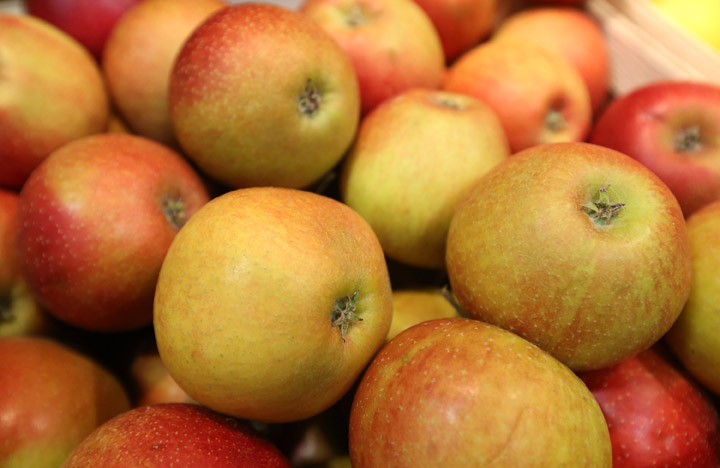TORONTO – Food insecurity in Canada is “a serious social and public health problem,” says a new report that found nearly one in eight Canadian households couldn’t access sufficient, safe and nutritious food in 2011.

The study said 3.9 million Canadians were affected and the 330,000 households that were “severely food insecure” were worried they would run out of food before being able to afford more.
University of Toronto professor Valerie Tarasuk was lead author of the study, released last week.
She said the likelihood of a household facing food insecurity rises as the income drops.
At a national level the number of people facing food insecurity is rising, she said, with 450,000 more Canadians affected in 2011 compared to 2008.
“I hadn’t expected this,” she said, adding that Newfoundland and Labrador was the only exception, and the province offers a “provocative” finding.
“We know they’ve had an aggressive poverty reduction strategy running since 2006,” she said. “I’d be very surprised if that wasn’t a big part of the story.”
Tarasuk said in 2007 the province’s household food insecurity rate totalled more than 15 per cent, and now it touts the lowest rate in the country at just over 10 per cent.
“They’re the only province that has shown a steady decline,” she said, adding that in other parts of Canada the problem is “festering.”
The study found rates of food insecurity remain at or above yearly rates measured since 2005, and “alarming rates” of food insecurity exist in the North and the Maritimes.
Nunavut had the highest rates nationally with 36 per cent of households affected, while rates in the Maritimes, Yukon and the Northwest Territories exceeded 15 per cent.
Tarasuk said in New Brunswick and Prince Edward Island, one in four children were living in a home where the family struggled to put food on the table – and the long-term consequences will burden Canada’s health-care system.
“It’s toxic to human health,” she said.
“By the time they’re teenagers and young adults, they’re more likely to be diagnosed with a whole range of health problems,” Tarasuk said.
One of the most “disturbing” findings in the report, she said, is that almost one million households in 2011 were food insecure but relied financially on employment.
“That says something really bad about the things we are doing to support people in the labour force,” Tarasuk said.
In 2012 the United Nations’ special rapporteur on the right to food visited Canada and said he had “extremely severe” concerns about the ability for people who rely on social assistance to maintain healthy diets.
He also called for a national food strategy that would reform food subsidies for people in the North and emphasize local food production.
“Our high rates of food insecurity are showing that we’re not respecting people’s right to food,” Tarasuk said, adding that she hopes any policies will target root causes, including the link between finances and food.
“We’re trying to stimulate a national dialogue on this problem,” she said.
READ MORE: How can you live a healthier life?
Diana Bronson is executive director of Food Secure Canada – an umbrella organization for groups across the country that advocate for food security.
“Hunger’s not new, but hunger is getting worse,” she said. “More and more people are falling through the social safety net.”
Bronson added that though there is no federal food policy in place, there is a “ground swell” of local initiatives to improve access to affordable and healthy food.
“The appetite is there,” she said. “Food literacy programs, farmers’ markets, community-supported agriculture, all of these things are flourishing across the country. You couldn’t even keep track of them if you tried.”
Tarasuk’s study included research from the University of Toronto, the University of Illinois at Urbana-Champaign, the University of Calgary and the Centre for Addiction and Mental Health.
Household food insecurity by province:
- Nunavut: 36.4 per cent
- Nova Scotia: 17.1 per cent
- Yukon: 16.8 per cent
- New Brunswick: 16.5 per cent
- Prince Edward Island: 15.4 per cent
- Northwest Territories: 15.2 per cent
- Quebec: 12.5 per cent
- Manitoba: 12.4 per cent
- Alberta: 12.3 per cent
- Ontario: 11.9 per cent
- Saskatchewan: 11.8 per cent
- British Columbia: 11.0 per cent
- Newfoundland and Labrador: 10.6 per cent



Comments